Hey everyone! It’s Raia aka Coach Carey here and I am so excited to be taking over Jillian’s blog again today! If you missed my most recent post on How to Create and Maintain Healthy Boundaries you can check that out here. I am excited to chat with you today about what an identity journey is and how you can support someone you know and love if they are going through a similar experience!
Let’s dive in!
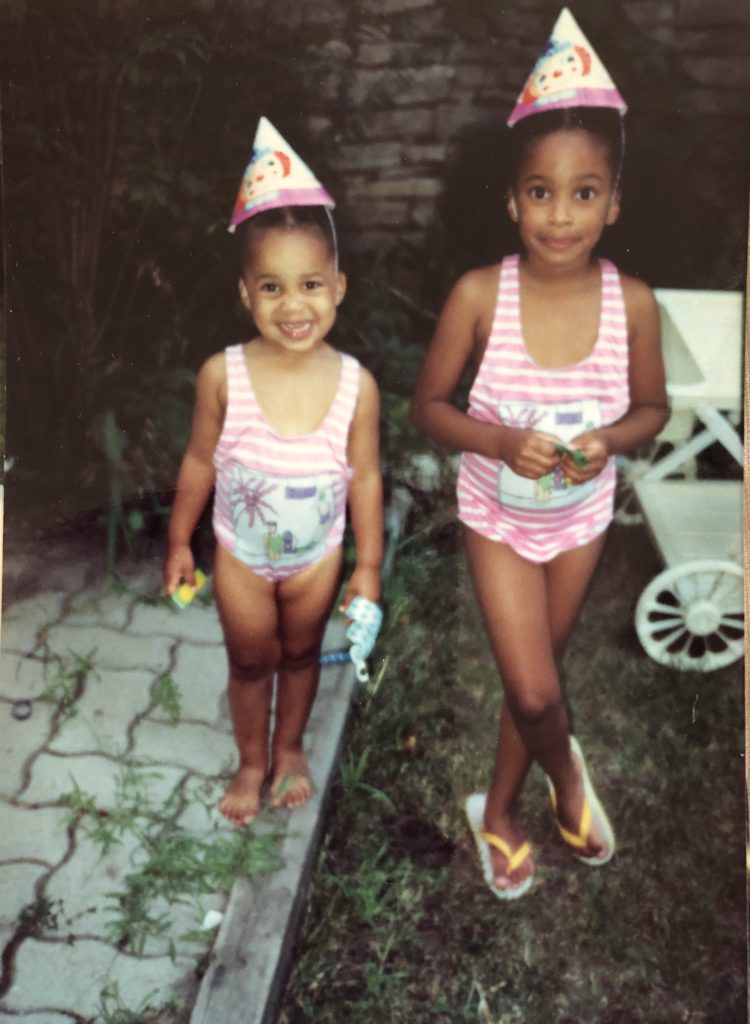
Growing up, I was frequently classified as a “tomboy” by those in my classes and friend groups. I battled myself during countless decisions about what clothes to wear, what style my hair should be and everything in-between. I could never understand why there was an external pressure to attach one label to myself…especially a label that didn’t seem to fit. Blending into societal norms never felt right to me.
In fourth grade, I told my parents I identify as a “hybrid.” Of course, they were curious about what that exactly meant. At the time, it meant I wanted to quit ballet and dress the way I wanted to dress. The term hybrid is never something that I grew out of, but instead, it was something I grew further into. The older I got, the more I realized how that term was the best way to describe my mentality, thoughts and mannerisms to those around me. I like to think of it as a seamless blend between male and female. And while I’m extremely fortunate to have had the freedom to discover my identity, not every individual has the accessibility to do the same.
There are many tips I’ve gathered and information I’ve learnt during my journey that I’m sharing in hopes that it will help you support the people you care about!
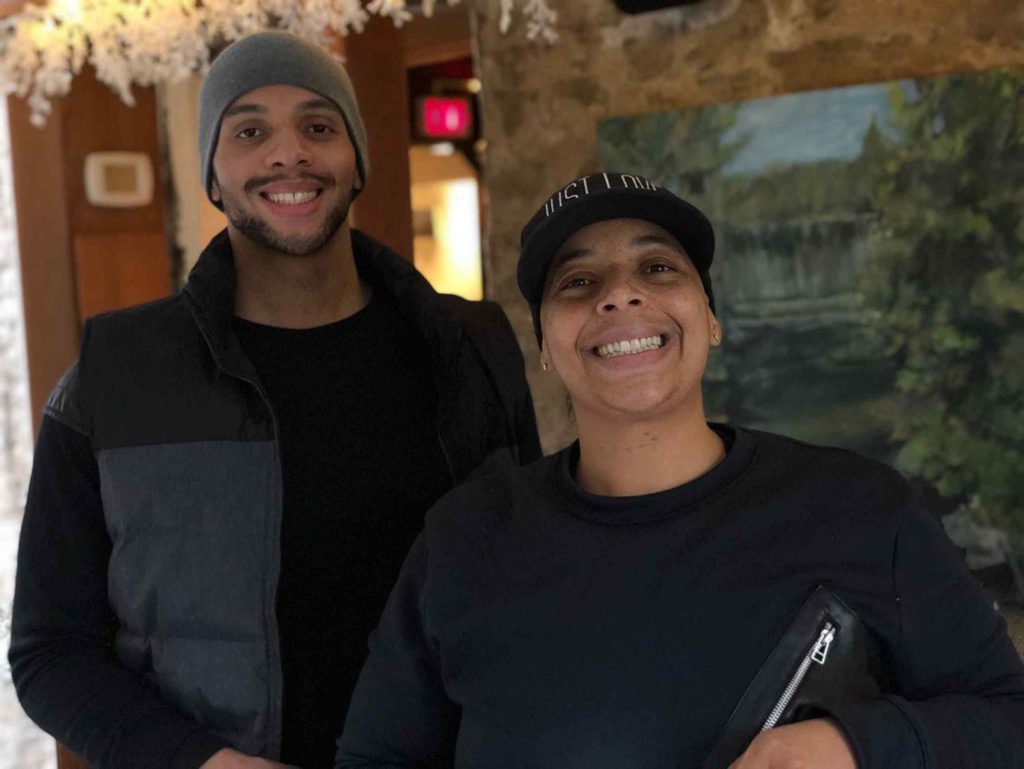
Inclusive language is everything
It can be easy to perpetuate gender stereotypes without intending to do so, which is why it’s important to do your homework to learn and unlearn any underlying bias you may have. When I was attempting to figure out who I was and who I wanted to be, there wasn’t much inclusive language (or any language at all) that felt like it fit. There also weren’t many conversations revolving around gender. This caused me to feel extremely isolated at times, which can add even more difficulty to someone’s identity journey. Using gender-inclusive language is a way to block out discrimination against a particular sex, gender identity or social gender.
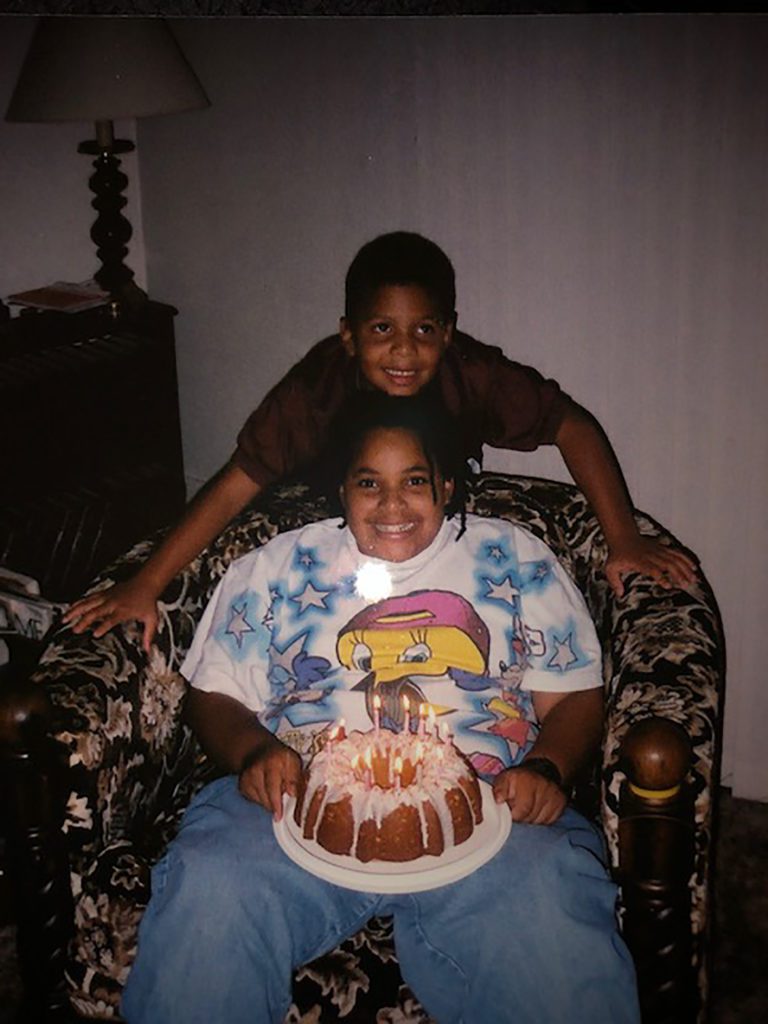
Keep an open mind
Supporting someone that is transitioning or self-discovering can feel like unfamiliar territory, but the most important thing you can do is keep an open mind and encourage those around you to do the same. Even as an adult, I’ve been asked the question. “If you’re a girl, how come you dress like a boy?” No matter how much you prepare for those questions, it never feels like you have the answer that someone is looking for. While I can appreciate that it might be difficult to bring up this conversation with your kids or family members, it’s necessary.

Don’t put pressure on someone surrounding their gender
If someone you love is going through a journey of figuring out who they are, give them the safe space to do so. Understand that each day could bring new and different emotions for them. Not everyone is provided with the ability to openly express themselves in every space they enter, so it’s crucial to make sure they know that you offer a judgement-free zone for them.
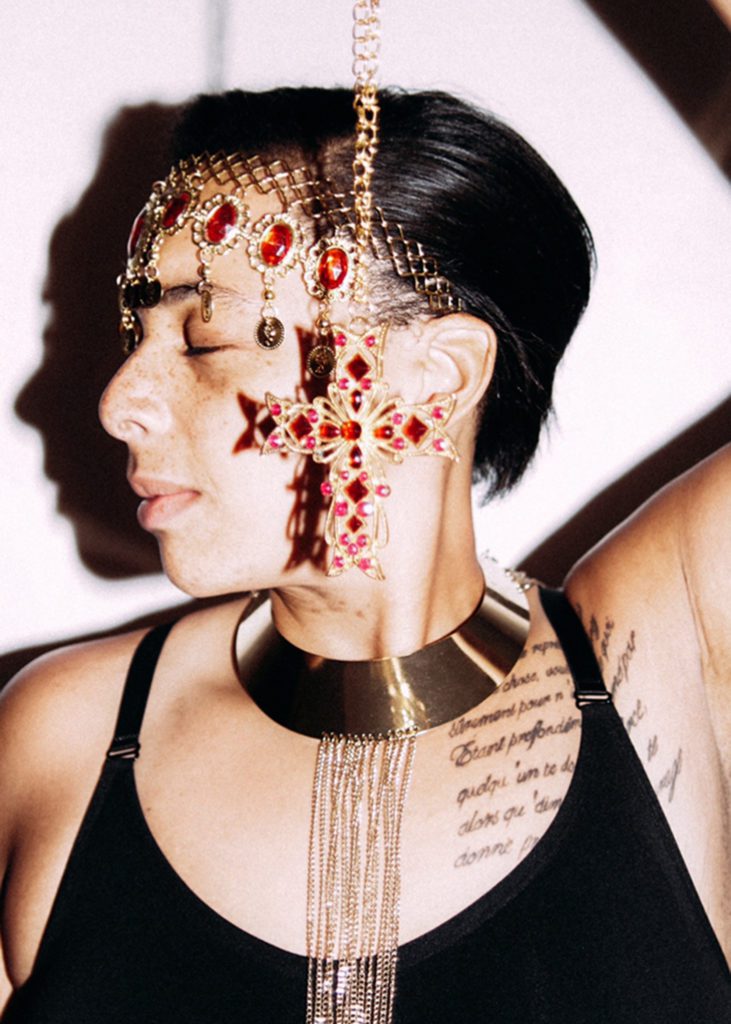
Pay attention to pronouns
Masculinity and femininity do not belong to any gender – they are attributes that any gender can have. Most of us grew up being taught that masculinity translates only to men and femininity translates only to women. Put in the effort to learn which preferred pronoun your family members, friends and even acquaintances identify with. Everyone deserves to feel seen and heard in a way that resonates with them.
Overall, learning and growing are part of the process, whether you’re on a gender-identity journey or not. Making mistakes is natural, but being prepared to apologize and change your actions is what truly counts. Take advantage of the resources available online and make sure that those around you know you support them, regardless of how they choose to identify. Let’s always try to lead with love, keep an open mind and be respectful of individual boundaries.
Let’s stay connected! You can connect with me on social @coach.carey or @getrealmovement. The Get REAL movement‘s main focus is helping combat 2SLGBTQ+ discrimination in schools, camps, and workplaces.
Until next time!

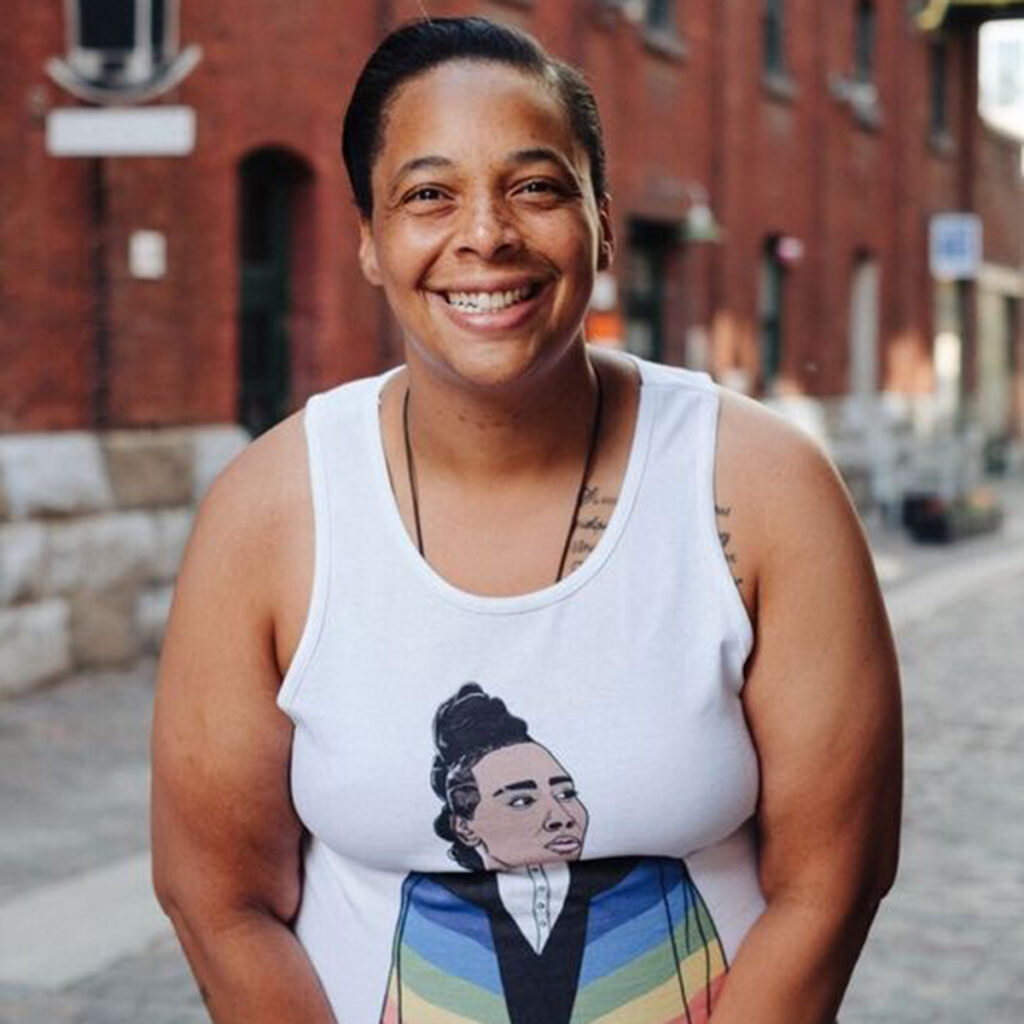

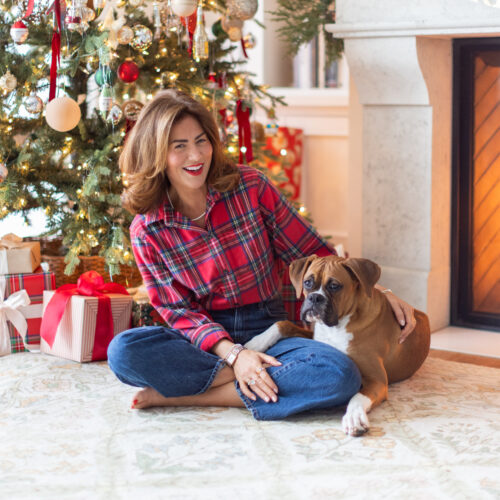

I really enjoyed reading this! Thanks for sharing, Coach!
Heck yes to all of this!! Sending you so much love Raia!